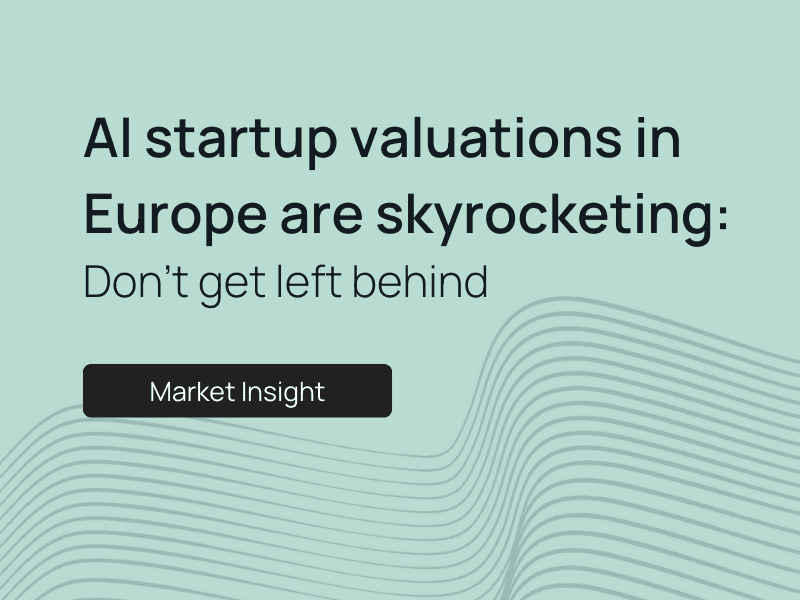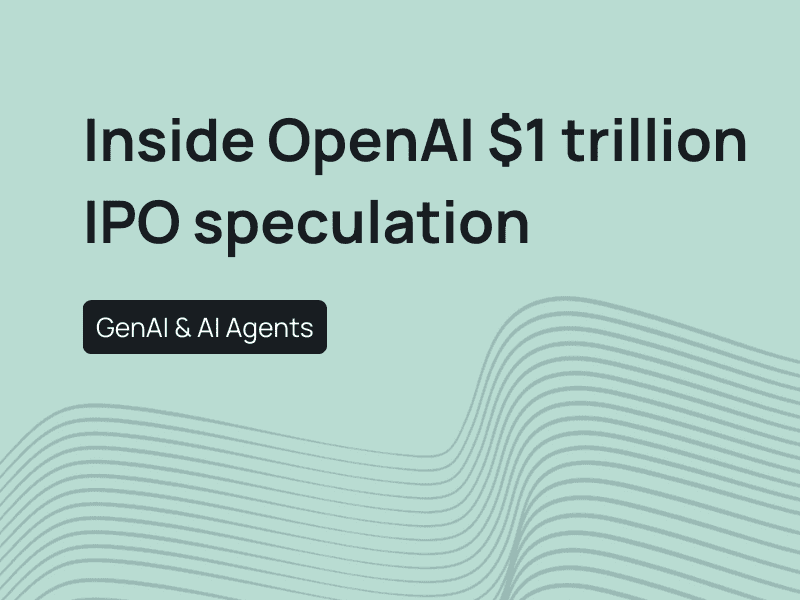The headline-grabbing cost of training AI models is a one-time event. The real, recurring economic challenge is inference inflation — the compounding cost of running these models at scale. As applications grow to serve millions of users, the expense of generating each answer (inference) quickly eclipses the initial training outlay, becoming the dominant driver of unit economics. This shift is turning AI's promise of high-margin software into a fierce battle over compute and energy efficiency.
Why inference inflation is a defining challenge
The issue has moved from theoretical to urgent due to a convergence of factors that are squeezing margins in real time:
- Cost of complexity - Each new model generation demands more compute per query. For example, the scramble for Nvidia’s H100 GPUs, priced at $25,000–40,000 each, underscores how performance gains are tied to expensive, scarce hardware. This creates a non-linear relationship between model capability and inference cost.
- Burden of success - Training is a fixed cost, but inference scales directly with usage. OpenAI’s ChatGPT reportedly costs tens of millions of dollars per month in inference costs alone, a figure that multiplies with every new user. High-margin revenue growth can quickly be eroded by these variable costs.
- Low-latency premium - Users demand instant responses, forcing companies to deploy high-performance infrastructure that prioritizes speed over cost-efficiency. This often means sacrificing the economies of scale offered by slower, batch-processing setups.
- The energy overhang - Inference at scale is energy-intensive. Large data centers can consume power on par with small cities, creating direct exposure to energy price volatility and indirect ESG risks that are increasingly scrutinized by regulators and large enterprise customers.
Strategic responses emerging in the market
First, the efficiency play. Developers are aggressively using techniques like model quantization and distillation to shrink computational footprints. The goal is to maintain performance at a fraction of the cost—a direct lever to protect margins.
Second, the vertical integration play. To break free from generic cloud GPUs and supplier bottlenecks, companies like Google and Amazon are designing custom chips (TPUs, Trainium). Controlling the hardware stack is becoming a key competitive moat for cost control.
Third, the business model pivot. The industry is experimenting with pricing to align revenue with costs. Contrast the usage-based API models of OpenAI and Anthropic with the approach of companies like Zoom, which bundles AI features into existing subscriptions. The former directly passes through compute costs but can dampen usage; the latter offers predictability but risks massive margin compression if usage is mispriced.
Implications for business models
Rising inference costs are remodeling the sources of profit in the AI sector, calling for strategic thinking about pricing, geography, and business structure. The viability of a business model now depends on its ability to align its revenues with this new, volatile cost structure.
1. Aligning revenue with compute cost
The industry is bifurcating into two distinct pricing philosophies, each with clear financial trade-offs:
- Usage-based billing (The "Pay-As-You-Go" API) - Adopted by OpenAI, Anthropic, and other pure-play model providers, this model directly passes variable compute costs to the end-user. It perfectly protects the provider's margins but creates unpredictable expenses for heavy users.
- Financial impact - For providers, this ensures unit economics remain positive from day one. For customers, it can lead to "sticker shock"; a single complex task might cost dollars, not cents, making budgeting difficult and potentially stifling innovative or data-intensive applications.
- Bundled subscriptions - Companies like Zoom, Microsoft (with Copilot in 365), and Adobe (Firefly) are embedding AI features into existing flat-rate subscriptions.
- Financial impact - This model drives adoption and provides predictable revenue. However, it carries massive margin risk. If the average user's inference costs approach or exceed the subscription price, the business faces catastrophic unit economics. This model is a bet on achieving massive scale and rapid efficiency gains to lower the average cost per query below the subscription fee. Stability AI's near-collapse, driven by a $99 million cloud bill that its revenue couldn't cover, is the warning of this model gone wrong.
2. Geographic compute arbitrage
Energy constituting 30-50% of a data center's operational expenditure. We are witnessing the emergence of "compute arbitrage," where companies strategically locate inference workloads in regions with favorable conditions.
A data center in a region with energy costs of $0.03 per kWh versus $0.15 per kWh operates with a 5x cost advantage on power alone. This is a decisive margin differentiator.
Tech giants like Amazon, Google, and Microsoft are aggressively securing power-purchase agreements (PPAs) for renewable energy and building data centers in locations like the American Midwest, Scandinavia, and parts of Asia. It's a direct, bottom-line strategy to insulate themselves from inference inflation.
3. Vertical integration is the most effective margin defense
Google (with TPUs), Amazon (with Trainium/Inferentia), and Microsoft (working with AMD and its own Maia chips) are designing custom silicon to reduce their dependence on Nvidia and, crucially, to lower their own internal cost of inference. This vertical integration is their core defensibility, allowing them to offer competitive pricing while protecting their cloud profit margins.
Companies that control their hardware destiny are valued not just as software companies but as integrated tech giants with deeper, more defensible moats. Their ability to manage inference costs is seen as a primary competitive advantage, reducing their exposure to the GPU supply chain and associated price volatility.
The bottom line
For investors, inference inflation acts as a critical filter, separating defensible AI businesses from the fragile. The winners in this new era will be those that exert control over their computational destiny—whether through mastering the silicon, relentlessly optimizing their models, or strategically navigating the global energy landscape.
The most compelling opportunities now extend beyond the model makers to the enablers of efficiency: the specialized hardware providers, the infrastructure players managing geographic arbitrage, and the software tools that squeeze more performance from every dollar of compute. Breakthroughs in custom chips, radical model compression, and the rise of energy-aware data center strategies will be the key catalysts that determine which companies translate AI's promise into durable profit.
Published by Samuel Hieber


